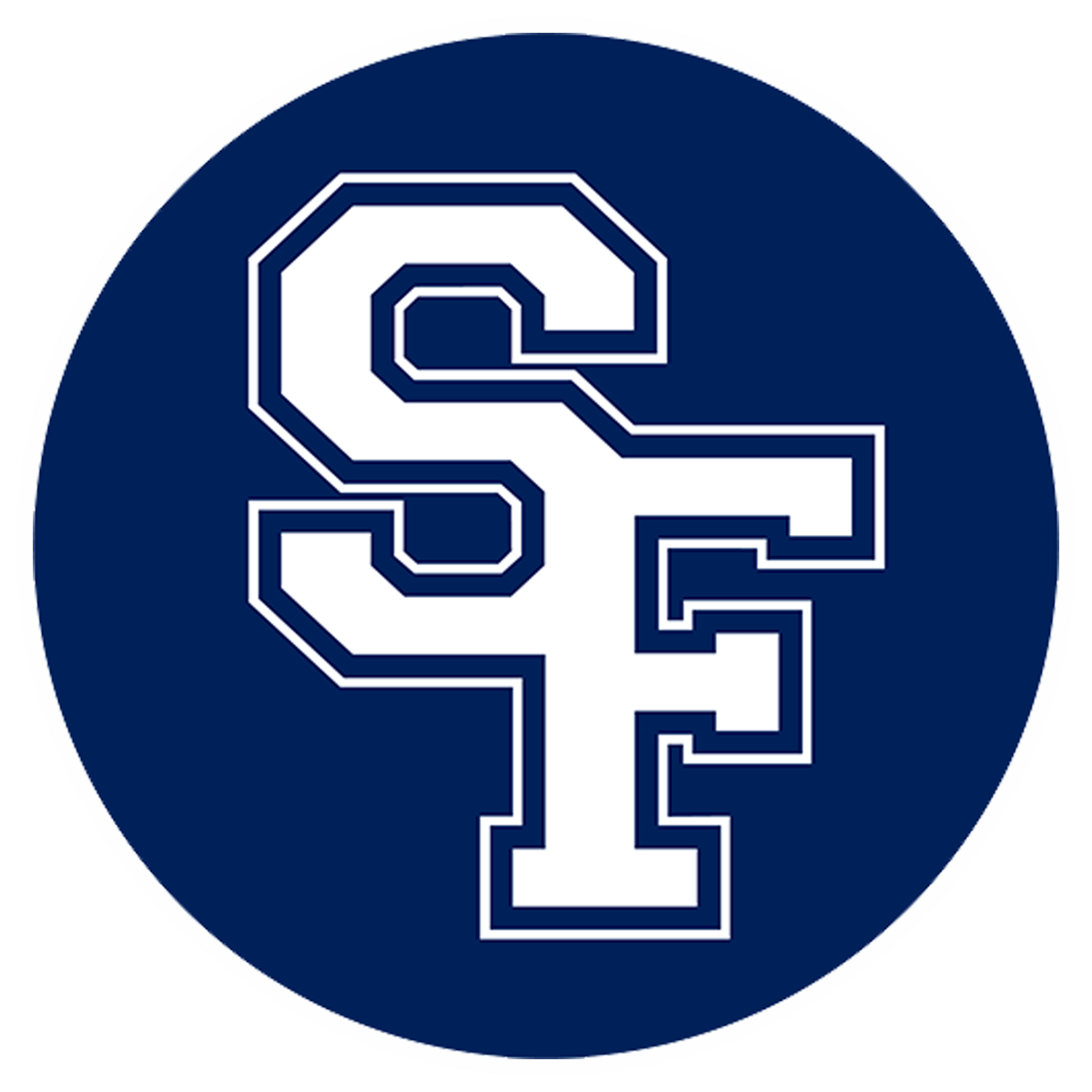Inspired by her students, St. Francis Middle School science teacher Emily Sevenz took her innovative work to the global stage last month, presenting at the Ireland International Conference on Education (IICE). Her presentation centered around Universal Design for Learning and the Mission to Mars enrichment program she created for Saints Time, a project brought to life this year alongside her graduate studies.
“I was extremely honored and proud to represent St. Francis,” Sevenz said. “Going to the conference and participating in some of the conversations as someone who is in the thick of it, it made me go, ‘what we're doing here is really meaningful.’ It is making an impact and has the potential to really change education.”
Ireland and the Universal Design for Learning (UDL): Sevenz’s presentation highlighted how her innovative approach of using a game-based interdisciplinary UDL to foster scientific inquiry and collaborative problem-solving has sparked incredible student engagement, leading to the creation of amazing projects like podcasts, YouTube shorts, music, and stop-motion animations.
“They’re not only learning the content, but they're also learning skills that they wouldn't get to do, and that's the engaging part for them,” Sevenz said. “The goals of the project were to use the UDL to have student voice and choice being amplified through three phases.”
The Three Phases: The idea was fostered through a Saints Time enrichment program, but Sevenz is also using this approach with her sixth grade science classes. Each unit has three phases of focus: Obtain Information, Apply and Extend and Create and Communicate.
“The buy-in from pretty much everybody - students and administrators - has been great and so now I'm just plugging it in everywhere I can. It's really awesome,” Sevenz said.
During the Obtain Information phase, the options vary and are decided by the student in how they want to learn the content. Some examples of information gathering include: digital learning platforms, experiential learning, information repositories, interactive media, knowledge sharing, podcasts, print resources, and video media.
After obtaining information in stage one, students use what they learn and apply it to an outside more complex problem. With information in hand, students then move to the Apply and Extend phase where they apply it to an outside problem. The work culminates in Create and Communicate. In this stage, they channel their learning through interest-driven creative outlets such as writing to professionals, building Lego models, composing and performing music, producing podcasts, crafting short stories, generating artwork, and developing video content.
“The best part about it is I can do this in my curriculum,” Sevenz said. “I use what's there and I just modify it so that it can be tailored to each one of my students.”
Role Model: Sevenz is proud she was able to model the three phases to her students by presenting at IICE.
“I obtained the information for my grad school program, applied and extended it to my classroom and then I went to Ireland and I communicated it out, so the students not only are doing the process, but they got to see me do the process.”
Skill acquisition: The UDL model allows students to learn a variety of skills that go well beyond the science room.
Skills students are engaged in:
Critical thinking
Problem-solving
Collaboration
Communication
Empathy
Resilience
Perseverance
Self-regulation
Adaptability
Self-awareness
Strategic thinking
Metacognition
Sevenz is a graduate of St. Francis High School and has been teaching for 18 years with the last three in the district. She is working on her Masters in Education - Culturally Responsive Teaching through the College of St. Scholastica.

